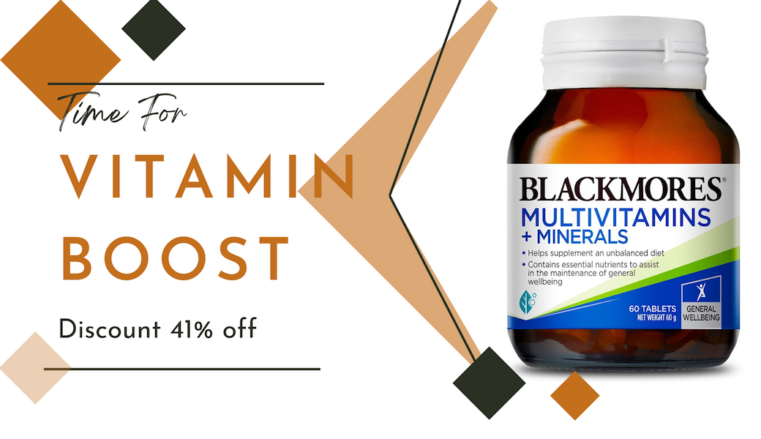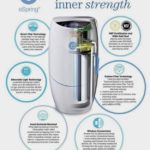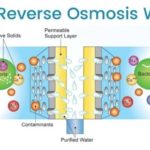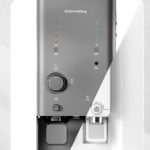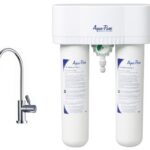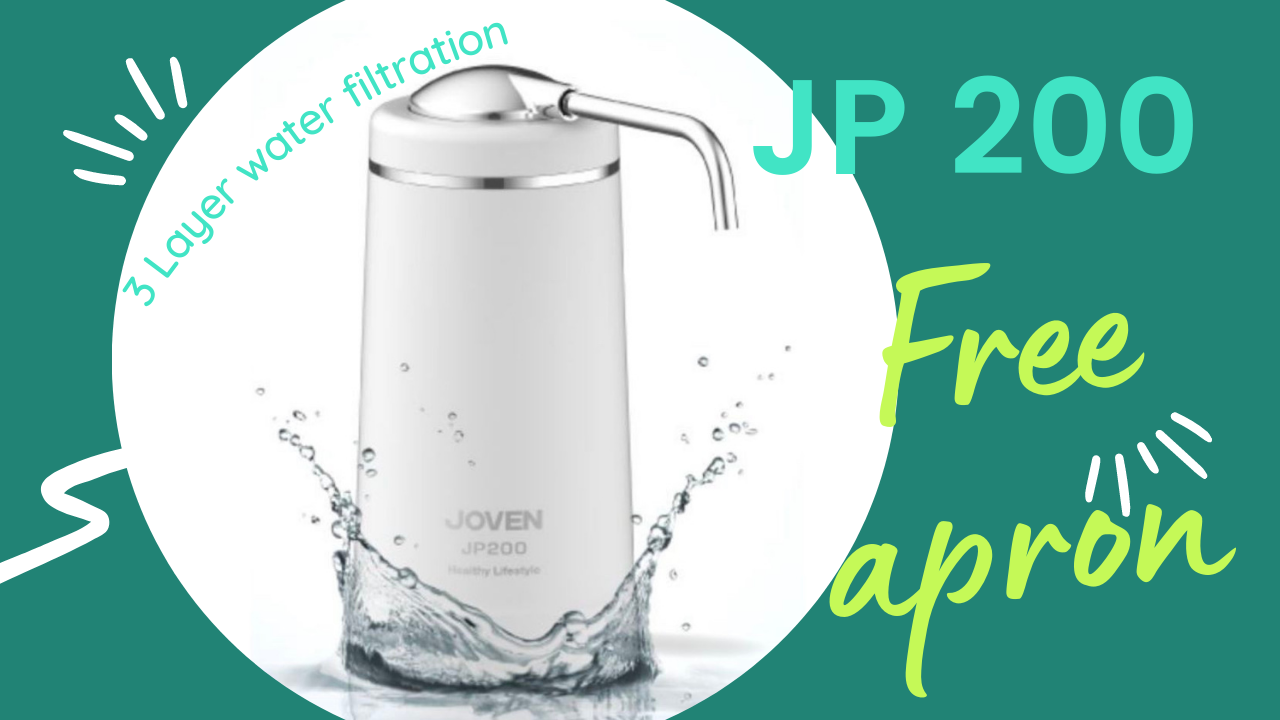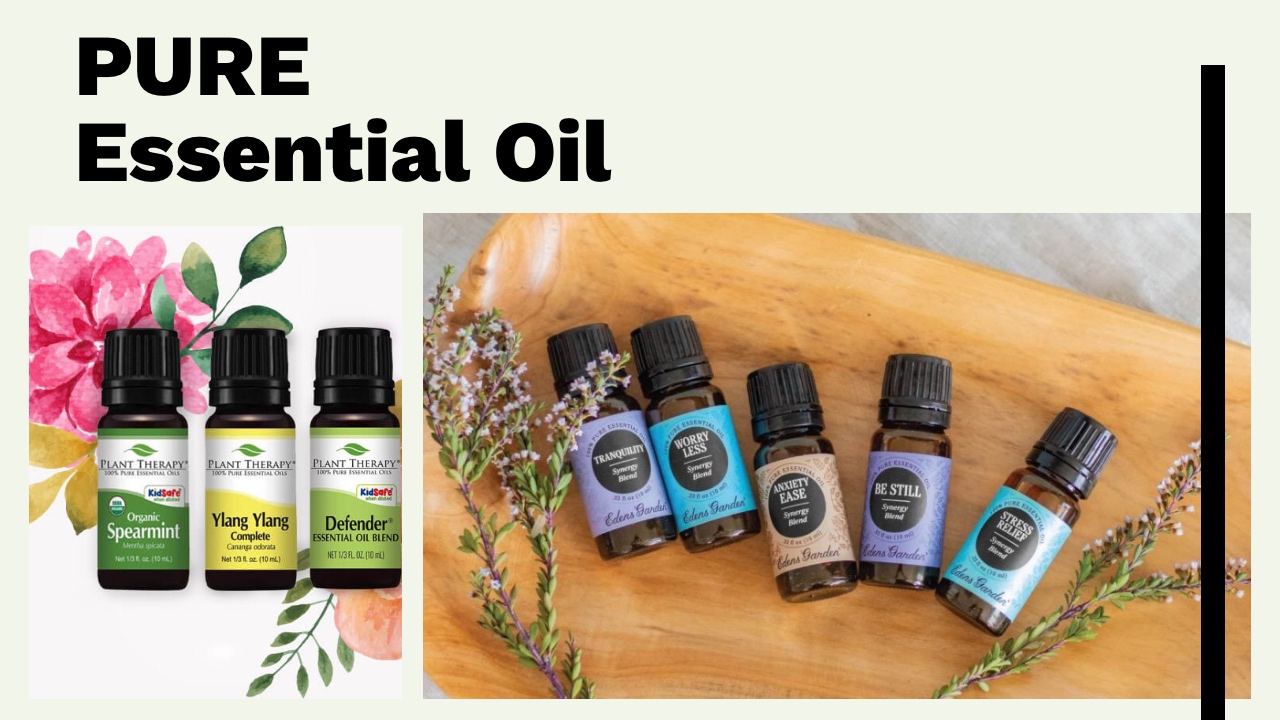Understanding your contaminants and what you need at home.
Contaminants which may be found in your residential water supply
- Volatile Organic Chemicals (VOCs) such as pesticides, herbicides, pharmaceutical products, MTBE (methyl tertiary-butyl ether) and other chemicals. Research links certain VOCs to damage in the reproductive system, liver, kidneys and more. VOC molecules are very small, which have diameters measured in picometers. They can be effectively removed by carbon blocks adsorption process.
- Heavy Metals – most commonly associated with poisoning of humans are mercury (Hg), cadmium (Cd), arsenic (As), chromium (Cr), Boron and lead (Pb)
- Endocrine Disrupting Chemicals are chemicals that may mimic or interfere with the normal hormones in the body and these chemicals are being found in increasing amounts in the water supply.
- Additives (Chlorine, Chloramines, Fluoride). Fluoride is added to the water for oral health, but fluoride has been linked to thyroid problems and other disorders when consumed internally. Chlorine is added to kill bacteria, parasites and viruses.
- Sediment; Rust, sand, dirt and decaying matter accumulates in old water pipes.
- Microbes; Cyst, Bacteria (eg: E.Coli) and viruses (Chlorine resistant Giardia, Cryptosporidium, etc.) and others. Viruses can be as small as 0.0004 microns. For example, the Covid-19 SARS-CoV-2 virus has a size range of 0.06 microns to 0.14 microns. Generally a filter with 0.5 micron is sufficient to provide protection against bacteria (0.5-5 microns) and other microbes.
- Radioactive substances (Radon and Uranium, etc.)
- Selenium, turbidity, total dissolved solids (TDS), copper, trihalomethane (TTHM), aluminium, asbestos and others
The smallest microplastic reportedly found in the oceans is 1.6 microns
Minerals which are beneficial for health: calcium, magnesium and potassium
The water has been treated and is safe for consumption according to municipal council. Installing water filters at home can further reduce the contaminants in your drinking water. List of Water Filters/ Purifiers.
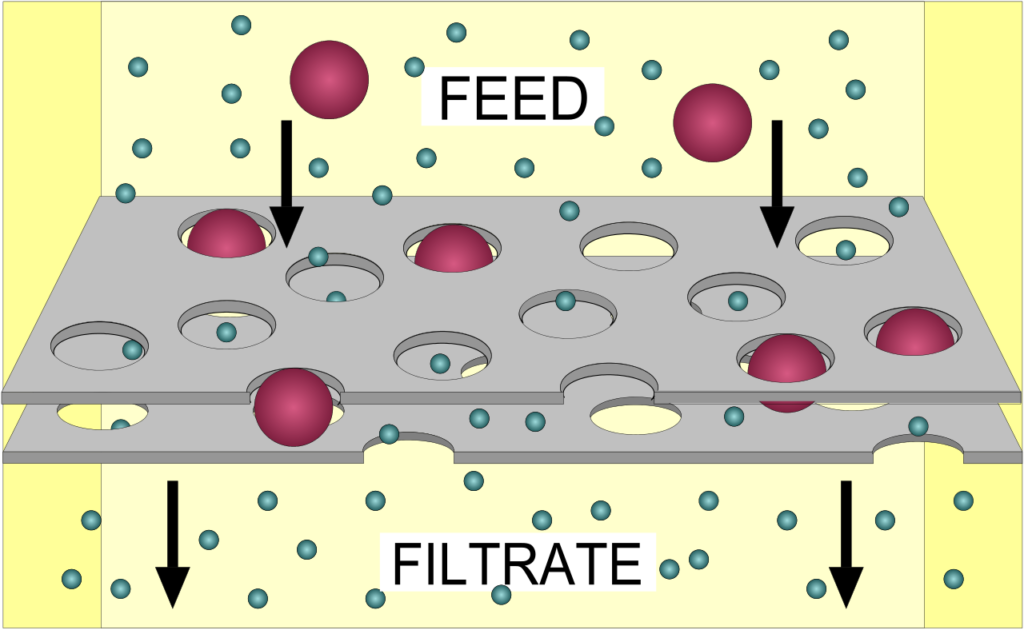
Filtration (wikipedia.org)
Type of contaminants Reduction Effectiveness with different water purification methods
1. Activated Carbon (AC) Filters
Activated carbon works via a process called chemical adsorption, whereby pollutant molecules in the fluid to be treated are attracted and trapped on the surface of the carbon layer.
Pros
- Effective at removing chlorine, sediment, volatile organic compounds (VOCs), taste and odor from water.
- Effective at retaining essential minerals.
- Typical particle sizes that can be removed by carbon filters range from 0.5 to 50 micrometres (micron). In general, carbon block (compared to granular) filters are more effective at removing a larger number of contaminants, based upon the increased surface area of carbon.
Cons
- Not effective at removing excess minerals and dissolved inorganic compounds.
- Not effective at removing viruses.
- Bacteria (mostly Non-pathogenic which cannot cause disease) can build up inside the active carbon filter. It is still recommended to replace or clean the filter at required time.
Note
- Some AC water filters come with UV treatment system to kill or inactivate viruses, bacteria, protozoa and other pathogens.
- Heavy metals are removed only by a very specific type of AC filter. Unless the manufacturer states that its product will remove heavy metals, the consumer should assume that the AC filter is not effective in removing them.
NSF/ANSI Certified Water Filters using Activated Carbon technology
Amway eSpring (NSF and WQA) | Aqua Pure by 3M (NSF) | Aquasana Claryum® (NSF)
(Most of the systems in the market use a combination of activated carbon filtration and other technologies)
2. Reverse Osmosis Filters (RO)
The semi-permeable membrane used in reverse osmosis contains tiny pores through which water can flow. The small pores of this membrane (0.0001 micron) are restrictive to organic compounds such as salt and other natural minerals, which generally have a larger molecular composition than water.
Pros
- The membrane pores are restrictive to bacteria and disease-causing pathogens to avoid waterborne diseases.
- Can filter/ reduce radium and uranium, mercury, cadmium, arsenic, chromium, and lead; virus and bacteria, etc.
Cons
- The membrane is not very effective in blocking VOCs and chlorine. For this reason, a more effective carbon filter must be used as a complimentary measure to provide safe drinking water. Such chemicals are the major contaminants of drinking water after municipal treatment.
- The removal of healthy, naturally occurring minerals in water. More info on Reverse Osmosis Water Treatment System and Minerals in Drinking Water.
- It generally wastes two to three gallons of water for every gallon of purified water it produces.
- Reverse osmosis is also an incredibly slow process when compared to other water treatment alternatives.
Certified Water Filters using RO technology
Coway (WQA) | Bio Pure Elken (WaterMark Certification) | Kent RO (NSF)
3. Ceramic Filters
Ceramic mimics the actions of rocks in nature, which draw impurities from water as it passes through the layers of porous material. Water flows through millions of small pores (0.5 micron) on the ceramic cartridge filtering contaminants out of it. Manufacturers often incorporate activated carbon inside the ceramic filter for getting rid of chemical contaminants.
Pro
- Removes bacteria, protozoa, microbial cysts, sediment (dirt, debris), turbidity
- Cost effective
- Portable ceramic filters are convenient
Cons
- Not effective in filtering viruses
- By itself, it does not remove chemical contaminants
Certified Ceramic Filters
Doulton (NSF 42 & 53)
4. Ultrafiltration (UF)
Ultrafiltration is a membrane filtration process that uses pressure to force water through a semipermeable membrane. Solutes with high molecular weight are retained, while water and low molecular weight solutes (such as dissolved minerals) are able to pass through the membrane. This filter has a pore size of 0.01 micron. Microorganisms, viruses, endotoxins, plastics, proteins are removed but minerals are retained in the water.
5. Distilled Water System
Water distillers are the only water system that most completely and consistently removes the widest variety of contaminants. Instead of filtering the contaminants, a water distiller removes the water, leaving the impurities behind. One way to polish the water and improve the taste is to use a carbon postfilter which will add good minerals back into the water, which will restore the clean, pure taste. Relatively unpopular as a drinking water purifier.
Pro
- Removes the widest variety of contaminants.
- Using distilled water in appliances (like espresso maker, humidifier, medical equipment) will reduce scale and mineral build-up. It will also discourage bacteria growth.
Cons
- Removes healthy, naturally occurring minerals in water which are required to maintain good health.
- Makes the water tasteless.
- Slow process
Water Filtering Before It Goes to the Tank
The use of water filters with very small pore size as in the case of ceramic filters / activated carbon filters outside the house can reduce the Free Residual Chlorine (FRC) content in treated water and also reduce the pressure of the water flowing into their house. When the water enters the tank and is stagnant, this can promote the growth of bacteria in the water, leading to skin irritation, etc, therefore not recommended. It is best to install them at the kitchen sink. Use a quality sediment filter (without carbon) after the water meter outside the house and remember to carry out proper maintenance/ backwashing periodically as recommended by the manufacturer/ supplier to ensure the safety and quality of the water (source: SYABAS).
Source
freshwatersystems.com. epa.gov, cdc.gov, iwapublishing.com, wikipedia.org
lowyat.net: Water Filter



